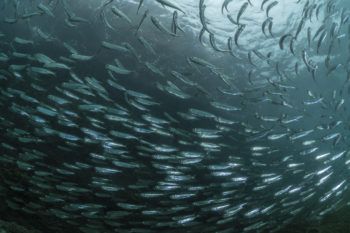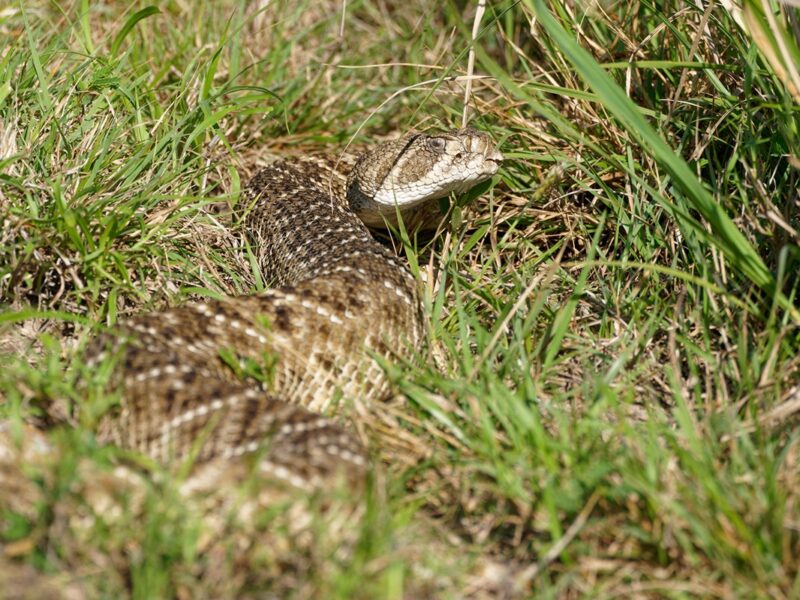Replenishing Atlantic Herring

An international team of researchers including Leif Andersson, a professor at the Texas A&M University College of Veterinary Medicine & Biomedical Sciences (CVMBS), and Biomedical Sciences doctoral student Minal Jamsandekar, have used genome sequencing to document 53 herring populations from the Atlantic Ocean and the Baltic Sea.
The data could be used to help set fishing quotas that allow for the sustainable harvesting of genetically defined stocks. Their research was published in eLife.
“Current methods are limited to phenotypic data and very few genetic markers,” said Jamsandekar. “This leads to misclassification of herring populations occasionally and leads to overexploitation.”
The research identifies genetic markers that make it possible to better monitor herring populations and avoid overfishing. It is particularly relevant for Andersson, who holds a dual professorship with the CVMBS and Uppsala University in Sweden, where herring are a common protein source in the Scandinavian diet.
The Atlantic herring is one of the most abundant vertebrates, and is an important food resource for other fish, birds and sea mammals like the fin whale. The Atlantic herring has been an important food resource for humans since the colonization of Northern Europe many thousands of years ago.
“Overexploitation of herring populations severely affects both economics and environment,” Jamsandekar said. “The most abundant Norwegian spring-spawning herring stock collapsed in the late 1960s due to overexploitation. Pacific herring stocks in Puget Sound in Washington State plummeted 92% from 1973-2012 due to water pollution and infection.
“Overfishing of herring populations also has adverse effects on the development and growth of many countries as herring fishery is critical to the European economy as well as to the economies of some coastal regions in the United States, like Maine and New England.”
Herring are a schooling fish, meaning they migrate in schools where they feed, spawn, and cohabitate in groups of up to an estimated four billion fish. Because of this, they can be caught in fishing nets by the ton and are susceptible to overfishing.
Characterizing the genetic makeup of Atlantic herring will help to secure their future as a viable food resource for humans and other marine animals. As a historically overexploited resource, informed interventions that prevent the overfishing of these animals are invaluable tools to ensure sustainable exploitation of this fish.
Media contact: Jennifer Gauntt, 979-862-4216, jgauntt@cvm.tamu.edu





